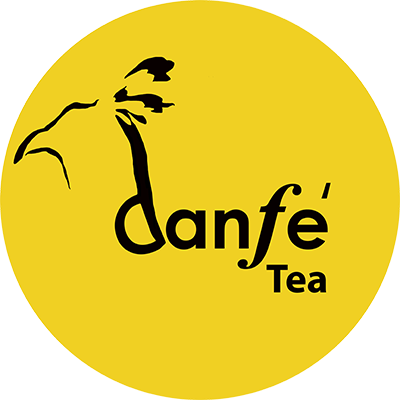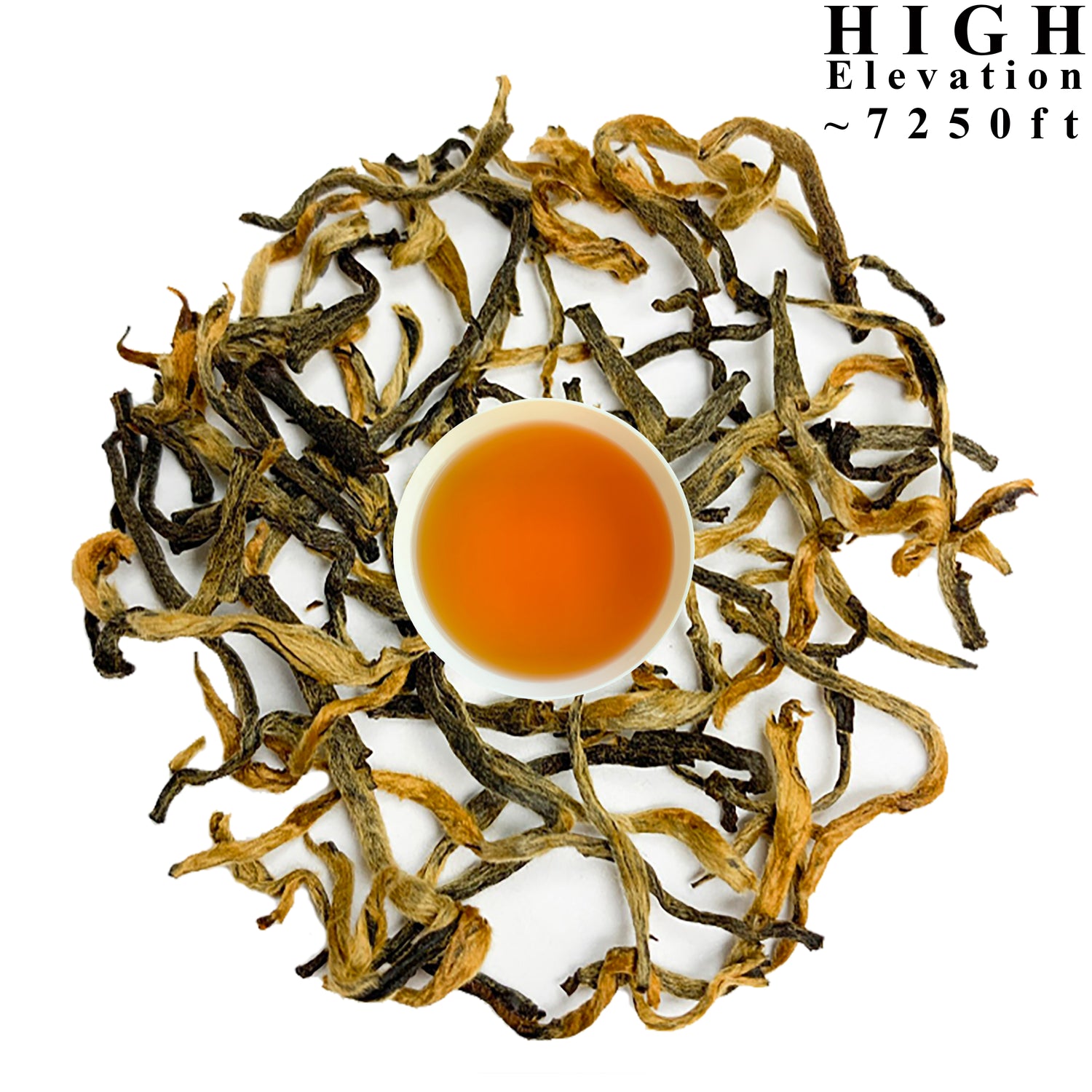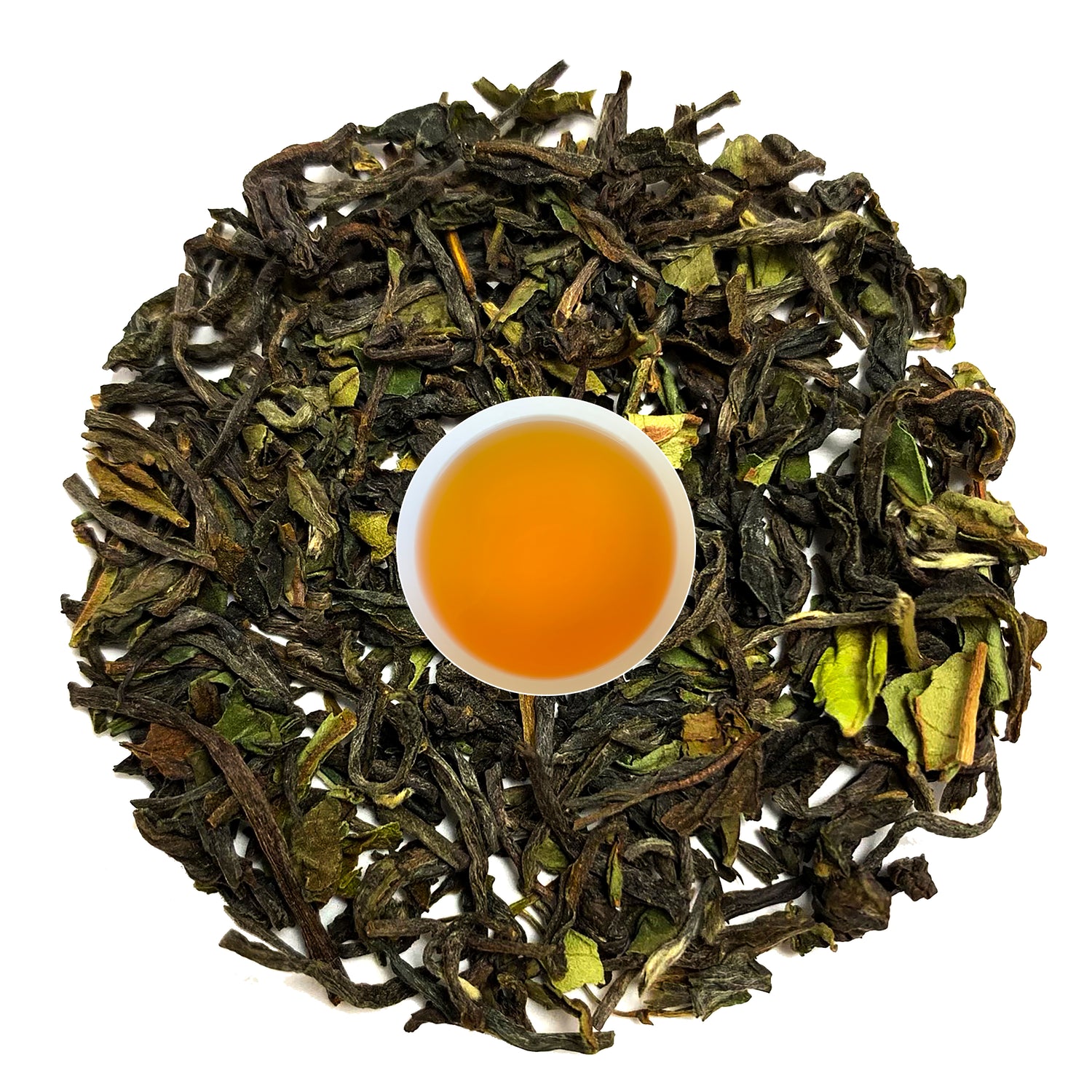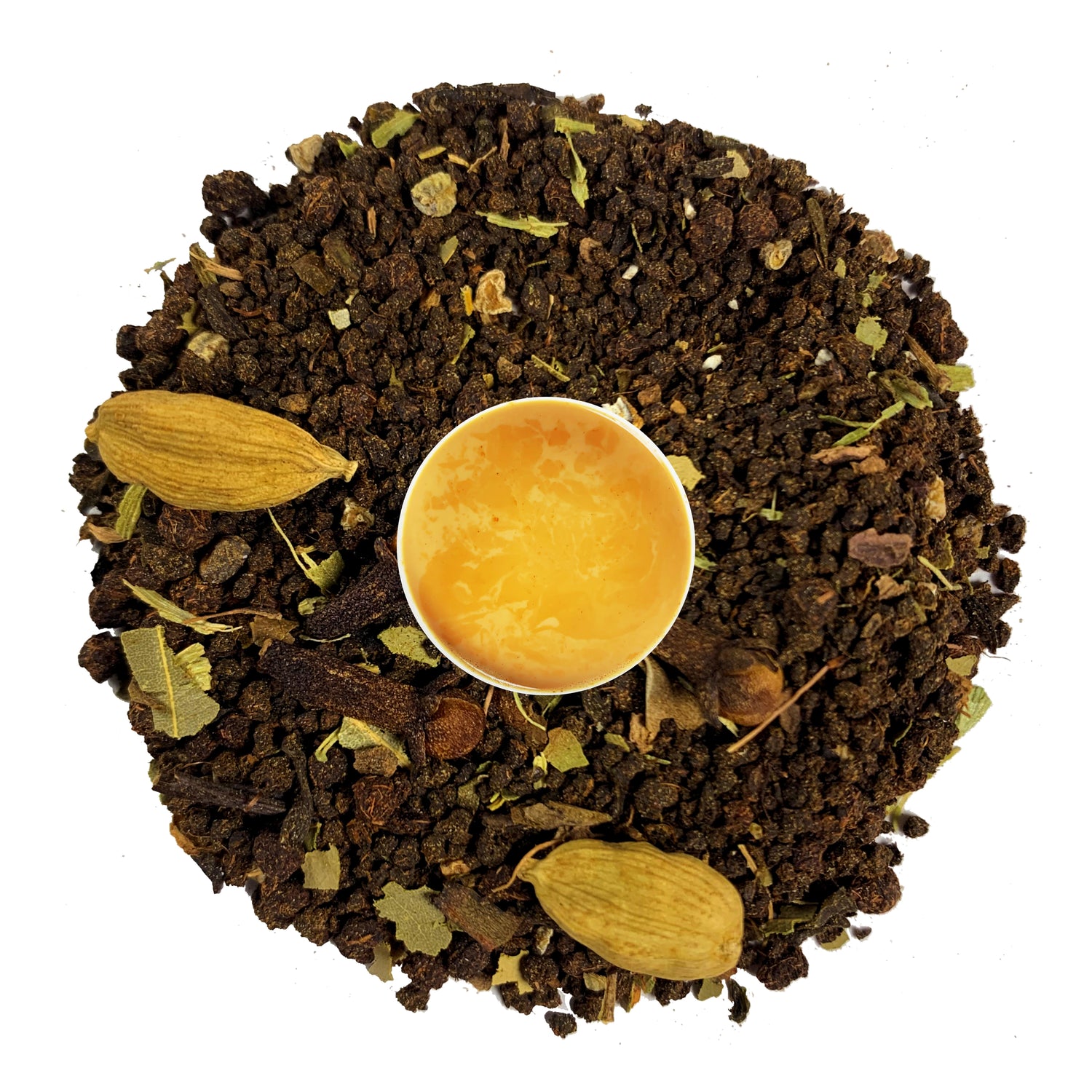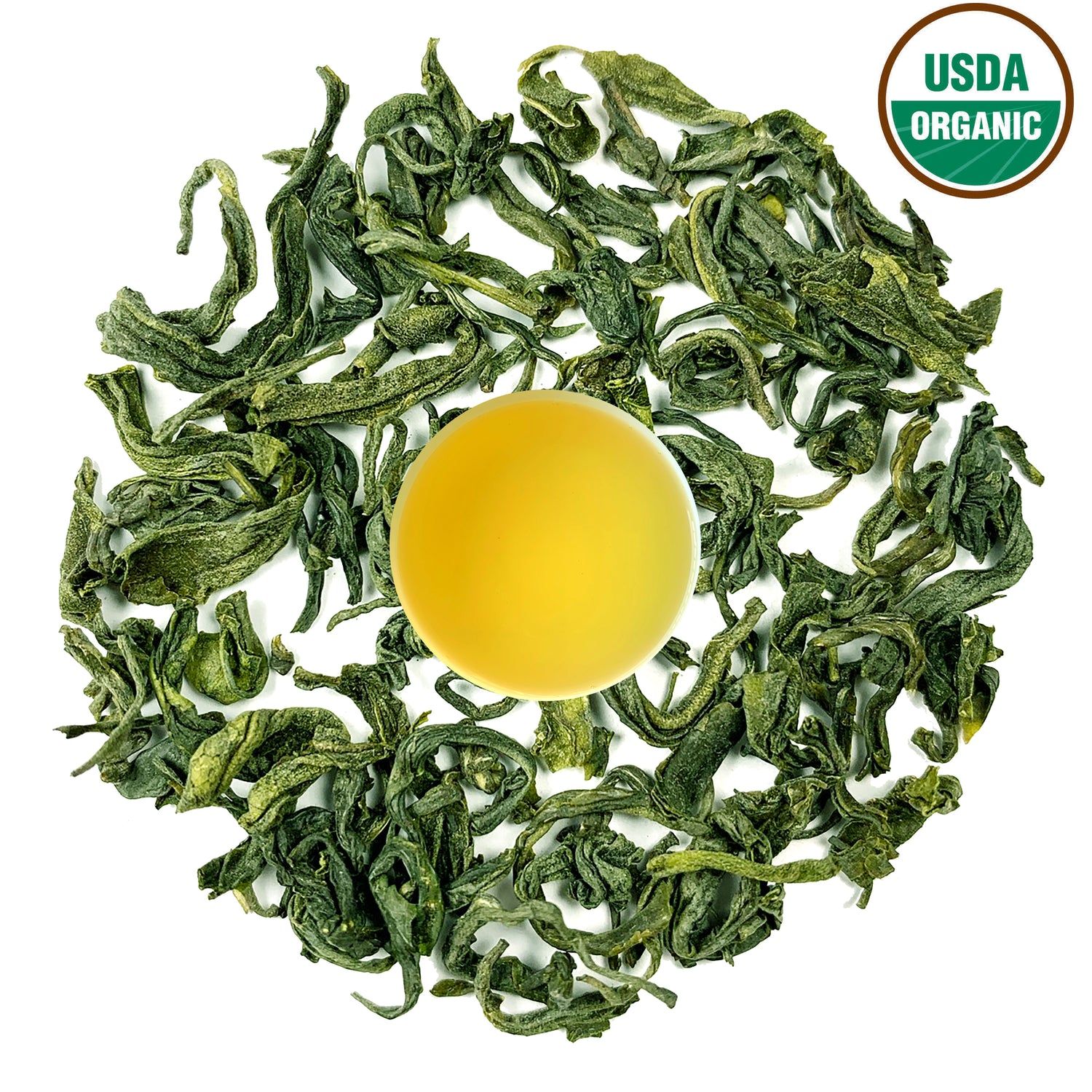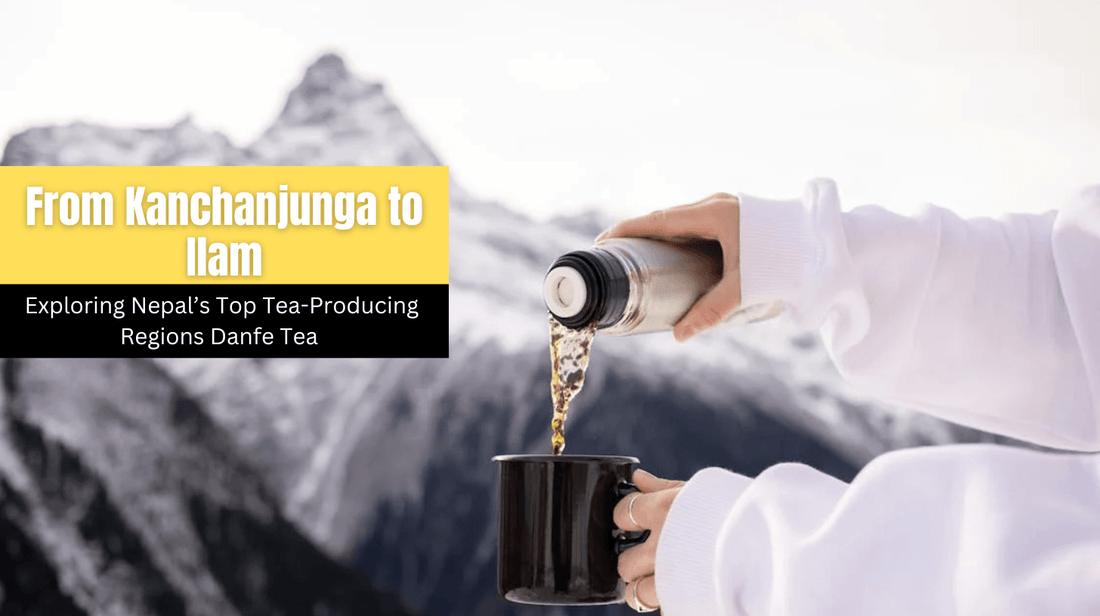
Nepal's Tea Regions: Kanchanjunga & Ilam
Picture this: you’re standing on a breezy hilltop, mist swirling around your boots, surrounded by neat rows of tea bushes as far as the eye can see. Somewhere nearby, a kettle whistles. That’s not just your imagination—it’s a real-life moment from Nepal’s tea regions.
Nepali tea is more than a beverage; it’s a soulful experience tied to the land, the people, and centuries-old traditions. From hand-plucked leaves to heartfelt hospitality, each cup reflects the region it comes from. Let’s take a journey through these remarkable places where tea isn’t just grown—it’s lived.
1. Ilam: The Cradle of Nepali Tea
Where It All Began
Welcome to Ilam, the proud parent of Nepali tea. Nestled in eastern Nepal, Ilam has been growing tea since the 1800s and is still going strong. The altitude here ranges from 1,200 to 2,000 meters, which is tea-growing sweet spot territory.
Tea Profile
- Flavor Notes: Floral, slightly fruity, often compared to Darjeeling with its muscatel kick
- Types Grown: Mainly black and green teas
- Famous Estates: Ilam Tea Estate, Mai Valley Tea
Cultural Connection
Tea here isn’t just business—it’s a way of life. Everyone from local farmers to schoolteachers begins their day with a hot cup of chiya (milk tea). And let’s be honest, it’s basically the national fuel.
2. Kanchenjunga: Tea at the Top of the World
Tea in the Shadow of the Giants
If Ilam is the heart, Kanchenjunga is the soul of Nepali tea. Named after the third-highest mountain in the world, this region produces high-altitude teas that feel like a hug in a cup.
Tea Profile
- Flavor Notes: Clean, sweet, with gentle hints of wild honey and stone fruits
- Types Grown: Organic black, green, white, and oolong
- Altitude: 1,300–1,800 meters
What Sets It Apart
The Kanchenjunga Tea Estate (KTE) is known for organic farming, fair trade practices, and teas so good they could charm a sleep-deprived yak herder. The estate even supports local schools and women’s cooperatives. So, yes—you can sip and support at the same time.
3. Dhankuta: Nepal’s Hidden Tea Gem
Off the Tourist Map
Dhankuta may not be a household name (yet), but its teas are quietly gaining fans across the world. Its foggy hills and mild climate are perfect for crafting gentle, nuanced teas.
Tea Profile
- Flavor Notes: Light, grassy, crisp with floral finishes
- Types Grown: Green, white, and small-batch artisan black teas
- Artisan Producers: Kanyam Tea and several local cooperatives
On the Rise
Dhankuta is big on micro-lot teas—think of them as the boutique wines of the tea world. They’re small, rare, and pack a punch when it comes to flavor. A true tea nerd’s dream.
4. Terhathum & Panchthar: Rising Stars of the East
Meet the New Kids on the Block
These hilly districts may be newer to the tea game, but they’re not playing around. With increasing investment and a focus on sustainability, Terhathum and Panchthar are producing teas that surprise even seasoned sippers.
Tea Profile
- Flavor Notes: Mellow, with hints of nuts or ripe stone fruit
- Types Grown: Primarily green and black teas
- Eco Focus: Many farms here follow natural, eco-friendly methods
5. Why Nepal’s Tea Regions Are So Special
| Factor | What It Does for the Tea |
|---|---|
| Altitude | Slower-growing plants = deeper, richer flavors |
| Climate | Cool misty mornings add aroma and freshness |
| Soil | Rich in minerals from the mountains |
| Tradition | Hand-plucked and carefully crafted |
| Diversity | Every region, a new taste adventure |
The result? Teas that are fragrant, flavorful, and full of personality—just like the people who grow them.
Want to taste Nepal without climbing a mountain?
Explore Danfe Tea’s collection of Himalayan teas. Handpicked, high-altitude, and full of character—just like the country they come from.
FAQs About Nepal’s Tea Regions
Q1: What’s the best region for black tea in Nepal?
Definitely Ilam and Kanchenjunga. If you like a rich cup with depth, these regions have you covered.
Q2: Are teas from Kanchenjunga really organic?
Yes! The Kanchenjunga Tea Estate is fully certified and their practices are the real deal—no greenwashing here.
Q3: Can tourists visit these places?
Of course! Ilam and Dhankuta, especially, welcome visitors with open arms, mountain views, and endless cups of tea.
Q4: Can I buy these teas outside Nepal?
You bet. Premium Nepali teas are now just a click away. Try Danfe Tea for authentic, directly sourced goodness.
